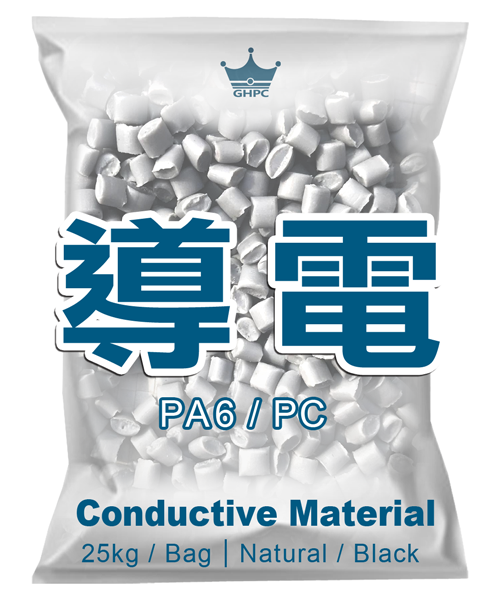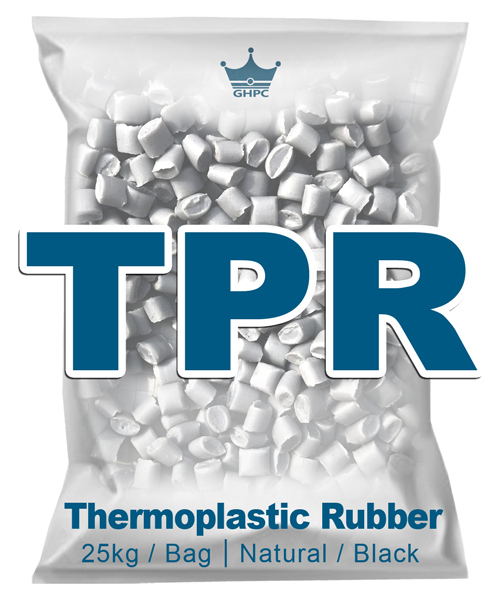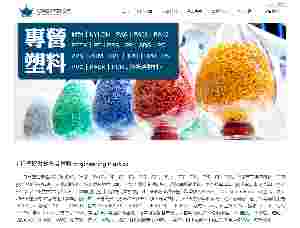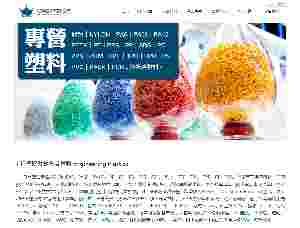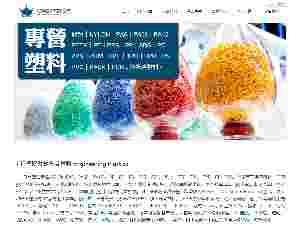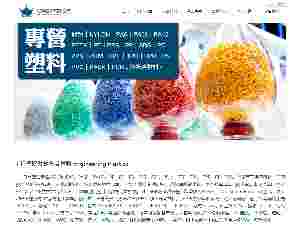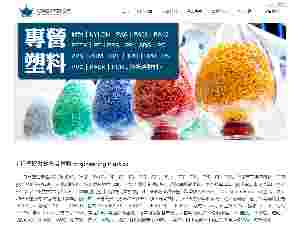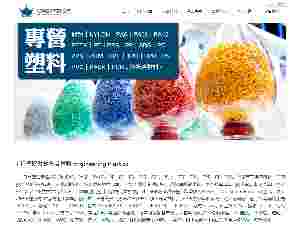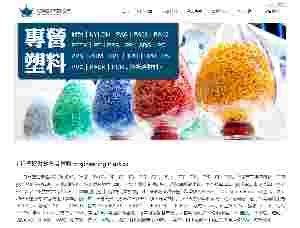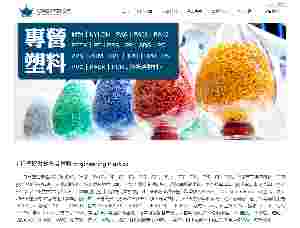In recent years, the technology and development of electric vehicles (EVs) have matured, becoming widely adopted by major brands. EVs utilize electricity as their power source, but on the market, you often encounter abbreviations like EV, BEV, and PHEV. What are the differences, and how do they impact power systems and driving habits?
EV (Electric Vehicle) 電動車
EV refers to electric vehicles powered by electricity, utilizing electric motors instead of traditional internal combustion engines. This technology provides better instant power and efficiency, leading to energy savings.
BEV (Battery Electric Vehicle) 純電動車
BEVs solely rely on internal batteries for power and do not use any internal combustion engines. They typically have plug-in charging systems, allowing recharging via charging ports. Notably, Tesla is a prominent brand in this category. Without engines, BEVs do not require fuel tanks, exhaust systems, or intake systems, making them generally more energy-efficient than hybrid or gasoline vehicles. Modern BEVs commonly offer a range of 300-500 kilometers, comparable to gasoline vehicles. For daily driving distances of around 100 kilometers, this range is sufficient.
Hybrid Vehicle 油電混合動力車
Hybrids combine traditional internal combustion engines with electric motors to improve fuel efficiency and reduce emissions. They come equipped with batteries and motors but cannot charge through the electric grid. They rely on engine power generation and regenerative braking to recharge the battery. Hybrids can use electric power at low speeds and assist with gasoline power during acceleration or high-speed driving. They also feature energy recovery during braking, enhancing range and often offer pure electric driving capabilities.
PHEV (Plug-in Hybrid Electric Vehicle) 插電式混合動力車
PHEVs feature both internal combustion engines and battery systems, allowing the use of either or both for power. They can plug in for charging or use the engine generator or regenerative systems to charge the battery. PHEVs offer electric-only driving for short distances, typically around 40-60 kilometers, and can switch to gasoline for longer trips, eliminating concerns about insufficient charging stations. In hybrid mode, they achieve an average fuel consumption of approximately 50 kilometers per liter.
In recent years, with the rise of electric vehicles, battery technology and electric drive systems have seen continuous development, and various advanced materials have begun to play crucial roles in vehicle battery mounting brackets. The application of carbon fiber has contributed to enhancing the efficiency and performance of electric vehicle battery systems, while promoting lightweight design, which helps improve battery range and overall vehicle efficiency.
Carbon Fiber 碳纖維
Carbon fiber is a lightweight and high-strength material that has been widely used in the automotive industry. In the battery mounting brackets of electric vehicles, carbon fiber can provide excellent rigidity and strength while reducing the overall structure's weight, thereby contributing to improved electric vehicle range. The application of carbon fiber helps enhance the performance, range, and handling of electric vehicles while also elevating the overall quality of the vehicles. However, due to its relatively high cost, the application of carbon fiber is often limited to high-end or high-performance electric vehicles.
Carbon fiber finds application in various EV components:
Interior Components 車內飾組件: Enhancing aesthetics and reducing weight.
Wheels 輪圈: Improving handling and efficiency.
Roof 車頂: Further reducing vehicle weight.
Windshield Frame 前擋風玻璃框:Providing necessary strength while reducing weight.
Aerodynamic Kits 空氣動力學套件:Enhancing vehicle aerodynamics.
Battery Casing電池外殼: Carbon fiber can be used to manufacture battery casings, providing lightweight, high strength, and excellent corrosion resistance, while also aiding in heat conduction and dissipation.
Battery Heat Dissipation Plate電池散熱板:In battery systems, carbon fiber heat dissipation plates can be used to improve thermal conductivity efficiency, helping to maintain the proper operating temperature of the battery.
Battery Support Structure電池支撐結構:The high strength and lightweight properties of carbon fiber make it an ideal material for manufacturing battery support structures, while also helping to reduce the overall vehicle weight. The design of electric vehicle battery mounting brackets must consider the characteristics of materials such as lightweight, high strength, and corrosion resistance. In this field, nylon and polyphenylene sulfide (PPS) materials from GHPC are highly regarded. These high-performance plastics provide excellent chemical resistance and mechanical properties, making them ideal candidates for battery mounting brackets. To ensure good electrical conductivity of the battery, conductive materials are also required in the battery mounting brackets. Among them, materials with conductivity ranging from 2 to 5 ohms are particularly noteworthy. For example, materials with superior conductivity such as A510T-35M and A510T-35M2 are widely used in PHEV electric drive systems.
Connectors電池系統連接件: In the connection part of the battery system, carbon fiber may be used to manufacture lightweight and high-strength connectors to ensure a secure connection between batteries.
Battery Cooling System電池冷卻系統: In electric vehicle battery cooling systems, carbon fiber can serve as a structural part of the cooling system while providing additional heat dissipation effects.
Cooling Fan Blades馬達冷卻風扇扇葉: In high-performance electric motors, cooling is a critical issue. The lightweight and high strength properties of carbon fiber make it a choice for cooling fan blades, improving fan efficiency.
Structural Supports馬達結構支撐: Although the main structural components of electric motors typically do not include carbon fiber, in some special cases, carbon fiber may be used as part of the support structure to provide additional rigidity and lightweight properties.
Casing or Cover馬達外殼或罩: In some high-performance or special-purpose electric motors, carbon fiber may be used as the construction material for casing or covers to reduce structure weight and provide durability.
Casing or Cover充電控制器外殼或罩:Carbon fiber's high strength and lightweight properties make it a possible choice for casing or covers of charging controllers, thereby reducing overall weight.
Heat Dissipation Structure充電控制器散熱系統結構:Charging controllers generate heat during operation. Carbon fiber can be used to manufacture heat dissipation structures to improve heat conduction efficiency and ensure the stable performance of charging controllers.
Application of Advanced Technology 先進技術的應用
In the electric drive systems of electric vehicles and PHEVs, advanced technologies such as electronic insulation coils and IGBT inverters also play important roles. The application of these technologies not only improves system efficiency but also enhances energy conversion efficiency, further driving the development of electric vehicle technology.
In summary, with continuous technological advancement, electric vehicles and PHEVs' electric drive systems will see more applications of advanced materials and technologies. The use of these materials not only improves vehicle performance and efficiency but also contributes to the realization of more environmentally friendly transportation, driving the automotive industry towards a more sustainable future.

The PA66 series products include:
PA66+Toughening PA66+Fiberglass PA66+Mineral Fiber PA66+Fireproof PA66+carbon fiber/conductive
[ PP66 Carbon Fiber Reinforced Grade ]
Composite material reinforced with 10% to 50% glass fiber added to nylon 66 resin as the base material.
| 產品應用 Applications |
|---|
| 釣具組件、自行車零配件、汽車內部件、運動器材、手工具外殼...等。 |
| 規格 | 型號 | 特性 | 資料下載 |
|---|---|---|---|
| 碳纖增強級 | GCP66 C110 | PA66+CF10% 10%碳纖強化、良好流動性, HB, 表面電阻10¹¹~10¹³Ω | | TDS | UL | |
| 碳纖增強級 | GCP66 C115 | PA66+CF15% 15%碳纖強化、高剛性, | | TDS | UL | |
| 碳纖增強級 | GCP66 C120 | PA66+CF20% 20%碳纖強化、高剛性, HB, 表面電阻10³~10⁶Ω | | TDS | UL | |
| 碳纖增強級 | GCP66 C130 | PA66+CF30% 30%碳纖強化、高剛性, HB, 表面電阻<10³ | | TDS | UL | |
| 碳纖增強級 | GCP66 C140 | PA66+CF40% 40%碳纖強化、高剛性, | | TDS | UL | |
PPS 系列產品包含
PPS一般/增韌 PPS玻纖 PPS玻纖+礦物 PPS導電/抗靜電 PPS特殊
[ PPS導電/抗靜電級 ]
| 規格 | 型號 | 特性 | 資料下載 |
|---|---|---|---|
| 玻礦電氣 | GT756MX02 | PPS+(GF+MD)65% 65%(玻纖+礦物)、防靜電性、UL94 V0 | | TDS | UL | |
| 玻礦電氣 | GTH310E | PPS+(GF+MD)65% 65%(玻纖+礦物)、絕緣、高導熱、UL94 V0 | | TDS | UL | |
| 玻礦電氣 | GTH501 | PPS+(GF+MD)60% 60%(玻纖+礦物)、導電、高熱傳導性、UL94 V0 | | TDS | UL | |
| 玻礦電氣 | GTH718L | PPS+(GF+MD)65% 65%(玻纖+礦物)、絕緣、熱傳導性、UL94 V0 | | TDS | UL | |
▌冠華複合材料





